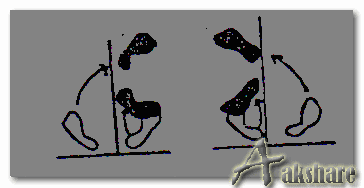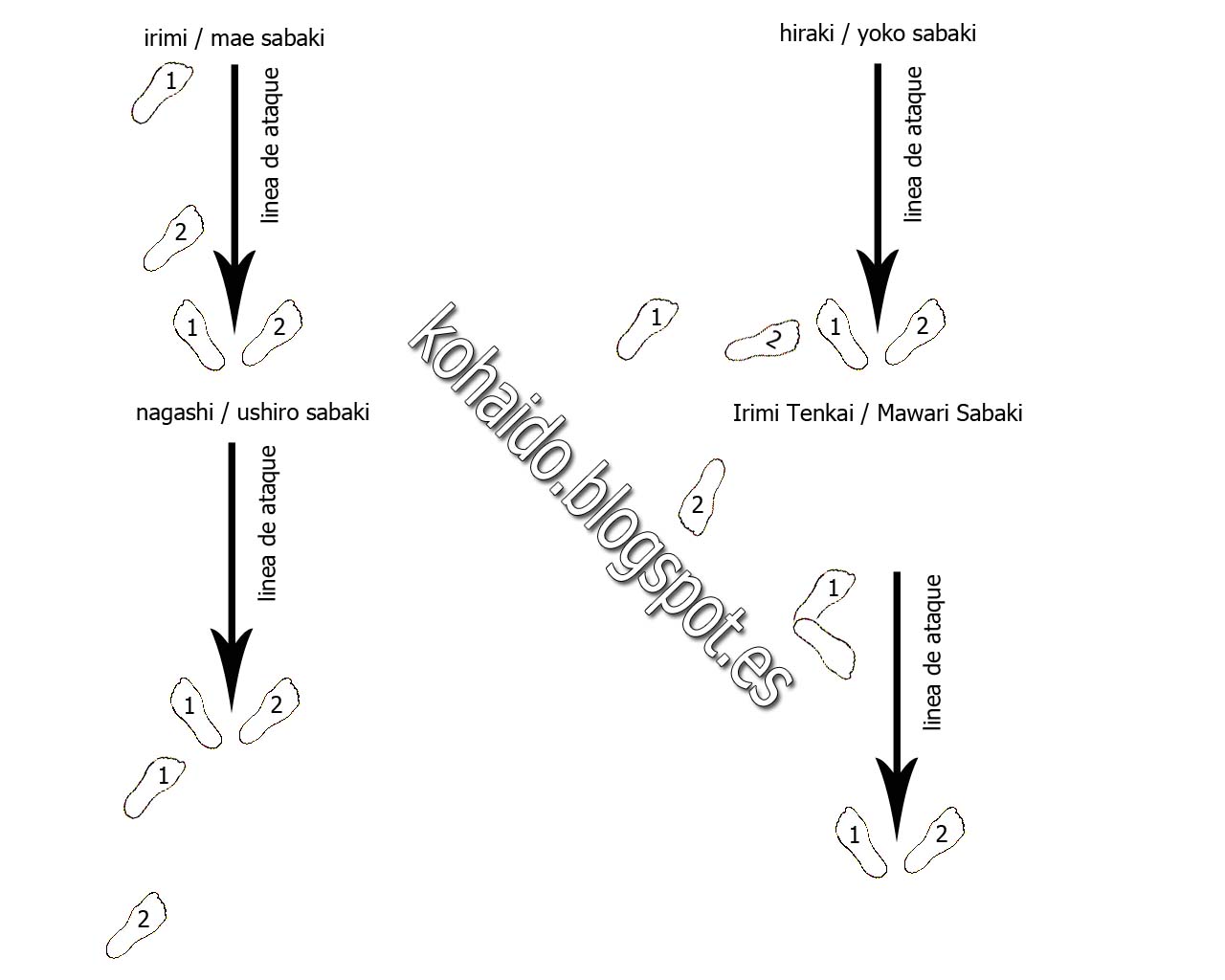

Let us try to return to the basic principles and seek to make greater use of the teachings of the ancient Sensei. The natural posture (Shizen Tai) provides the best advantages while the defensive posture (Jigo Tai) should be used as a secondary and fallback position. Contestants soon forget the fundamentals and launch into a wrestling match of strength and dominance. I have previously discussed the importance of postures and Shizen Tai and you may refer to it for additional explanations.v The proper application of the theory is frequently twisted around when we begin the Randori and the Shiai routes. From either stance, it is easy to move into an open stance, retreat sideways or backward to conserve the energy or enter into counter attacks. Maximization of natural posture We have learned that the left and right natural postures provide the necessary balance and flexibility to respond to an attack or to entertain developing our own attack system.

Those behaviors may have periodically contributed to land some Ippon but they are difficult to correct on the long road to excellence.

Unfortunately, in our haste to proceed with throwing the opponent, we have often taken devious shortcuts and developed bad habits such as: bending the torso forward, lowering the head, looking at the feet, leaning onto the opponent and using the muscles of the arms incorrectly.
1. tai sabaki how to#
Repeating the errors is not advancing After learning how to break the falls, most of us have learnt Tai-Sabaki and the use of natural postures. ZUIHITSU- RANDOM NOTES ABOUT JUDO BY RONALD DÉSORMEAUX Another Kodokan professor of high rank, Sensei M Honda, 9th dan has always maintained that every effort must be deployed to learn and master such rotational movements as they are more natural, provide better balance and acceleration and supply the techniques with the optimal use of energy.iiiįrom the words of International competitors and World champions that were Sensei Isao Inokuma and Nobuyuki Satoiv, we learned that: “Tai-Sabaki is the technique for changing position and direction of your body while maintaining a stable posture and that the basis of Nage-waza lies in keeping your opponent off-balance by executing excellent Tai-Sabaki.” These two experienced fighters explained three major types of Tai-Sabaki being: Mae Sabaki, the front movement control with the use of right angle posture, the Ushiro Sabaki or back control by retreating and pivoting within the 90 degree angle and Mae Mawari Sabaki the front turn movement control with the execution of 180 degree turns. One of the best exponents of its application and mastery can be found in the great technician that was Sensei Kyuzo Mifune 10th Danii, and who said that: “Tai Sabaki should remain natural, be well balanced and practiced daily.” A common expression used to describe such movements is to apply the revolving door concept and the dynamic effects that take place. It is described in the Illustrated Kodokan judoi as one of the best use of flexibility (JU) since one can take advantage of the rotated effect produced to initiate or provoke an action-reaction. It is primarily concerned with the appropriate turning of the body to take maximum advantage of the push-pull energies.

This activity is often described as the management of the body while performing translation activities. ZUIHITSU- RANDOM NOTES ABOUT JUDO BY RONALD DÉSORMEAUX JUDO RON 70- Tai Sabaki, an important facet towards judo excellence One of judo’s fundamental techniques is the application of proper Tai-Sabaki or ways to displace oneself lightly and smoothly.


 0 kommentar(er)
0 kommentar(er)
